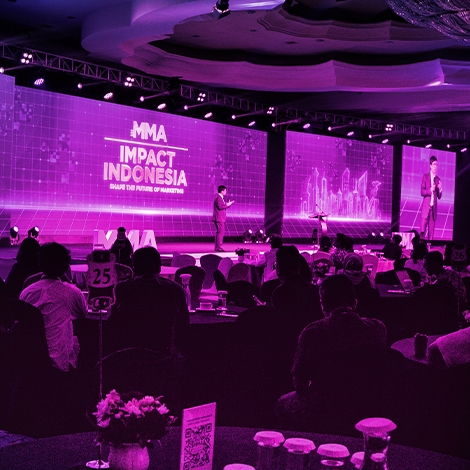
Every marketer knows the familiar pattern: you launch a campaign, performance is great in week one, but by week three, it’s in a sharp decline. We often blame the creative for “fatiguing.” But the real problem isn’t the creative itself; it’s the static strategy used to deliver it.
The Flaws of a Fixed Approach
Most creative delivery strategies are based on a few fixed assumptions: a predefined audience, a set of “best-bet” messages, and a one-size-fits-all approach. As soon as a campaign goes live, these assumptions begin to fall apart. Audiences are dynamic, their needs change, and what works today may not work tomorrow. A campaign that starts strong with a single, winning creative will inevitably decline as the audience becomes over-exposed to the same message.
Creative Acceleration: The New Standard
Instead of a static “set it and forget it” strategy, the future of creative delivery is dynamic and adaptive. The CAP (Consortium for AI Personalization) model is designed to fix this core problem. It doesn’t bet on a single creative direction. Instead, it learns, in real-time, which message works best for each context—and adjusts accordingly.
As the campaign runs, the AI continuously analyzes performance data and automatically reallocates spend toward the top-performing creatives, while suppressing underperformers. This creates a feedback loop that leads to creative acceleration, not fatigue.
Consider this real-world example: one campaign saw over 80% of impressions automatically shifted to a single high-performing message mid-campaign—without any human intervention. And the longer the campaign ran, the better it performed. While the traditional test cell’s performance plateaued and declined, the adaptive campaign saw a 500% lift by Week 4. This demonstrates the power of a system that learns and adapts.
From Creative to Creative System
With an adaptive model, your creative becomes a system:
- Modular: Creative assets are broken down into components that can be mixed and matched.
- Responsive: The system reacts to live data, not fixed rules.
- Data-Informed: Decisions are made based on performance, not assumptions.
Your creative team still leads with the big ideas. But now, those ideas are part of a responsive ecosystem that allows them to live longer, adapt faster, and scale wider than ever before. This is the difference between a creative strategy that expires and one that accelerates.
If you’re tired of the “launch and decline” cycle, it’s time to change your strategy.
👉 Register your interest and learn how to build a creative system that never fatigues.



















